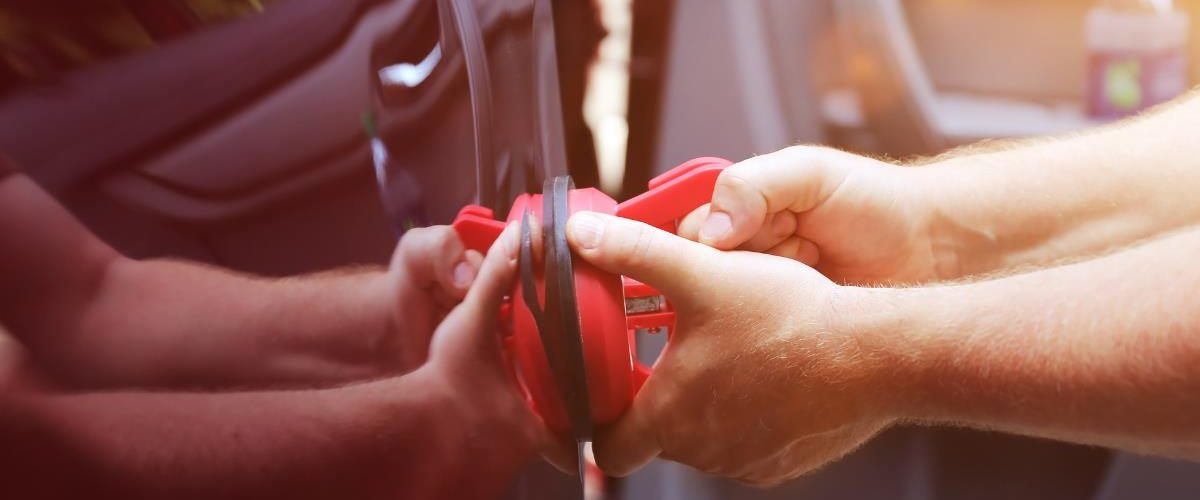If you’re dealing with a dent on your car, a common question that will arise is whether to go for a paintless dent repair (PDR) or settle for the traditional method. Both have their respective advantages and drawbacks, so choosing which one is better can be somewhat difficult.
The choice, however, can depend on factors like the type and severity of the dent, budget, time constraints, and your personal preference. Given this, it’s best to look into the differences between the two repair methods so you can have a clearer idea on which is best for your car.
An expert in hail dent removal in Austin offers some insights below, including the pros and cons of each method.
Table of Contents
Advantages of Paintless Dent Repair
Listed below are the advantages of PDR that make it an appealing option for car dent removal.
- PDR preserves the original paint of the vehicle.
As one can easily surmise from its name, PDR does not involve repainting the car. The dent is effectively repaired using various techniques and tools to pop the dented portion back to its original form. This means that PDR allows you to retain the car’s original paint color.
- PDR is less expensive.
The traditional method involves sanding, filling, and repainting—all of which require costly labor fees, equipment, and materials such as paint and filler. PDR, on the other hand, only requires the expertise of the technician and some specialized tools; therefore, substantially cutting down on repair costs.
- PDR is more time efficient.
The technique is significantly faster than the traditional method when it comes to removing car dents. By eliminating labor-intensive tasks such as sanding or filling, technicians can swiftly fix the dent, saving you valuable time.
Drawbacks of PDR
Regrettably, like any dent repair method, PDR has its own set of disadvantages. These include the following:
- PDR does not work on all dent types.
Paintless dent repair is most effective when dealing with relatively small dents. It is unsuitable for car dents with creases, sharp angles, or deep embedding. Additionally, if the dent has caused deep scratches to the vehicle’s paint, using PDR may further damage the paint job.
- Dent location can affect the effectiveness of PDR.
If the dent is situated in an area where panels meet or if it’s inaccessible from behind, paintless dent removal cannot be performed effectively. Without proper access to the back side of the dent, technicians won’t be able to reach the affected panel and the procedure cannot be carried out successfully.
- PDR effectiveness depends on the technician’s experience.
Performing PDR requires specialized tools and techniques, making it a challenging task. Given this, the job is usually entrusted to an experienced technician. Any mistakes made during the repair process can worsen the damage, leading to higher repair costs.
Traditional Dent Repairs
When it comes to fixing dents, there is a traditional approach that involves a more invasive process. This method has been used for many years and is still commonly employed in various repair shops.
Advantages of Traditional Dent Repair
The following are the common reasons conventional dent fixes are still preferred:
- The method works on all dent types.
Traditional dent repair can effectively address dents of any type, regardless of their size, depth, or even with the presence of creases or folds. This makes the method more versatile than PDR when it comes to repairing body damage.
- Dent location is not a problem.
Whether the dent is situated between two panels or on the hood of the car, traditional dent repair won’t have problems accessing it. This makes it the preferred choice, especially when the PDR method is not a viable option.
- The method has low skill requirements.
Although the conventional way of removing car dents is time-consuming, it does not demand a high level of expertise. Also, using specialized tools is not required to carry out dent repairs using this method.
Drawbacks of Traditional Dent Fixes
While this method may seem appealing, there are several disadvantages that may dissuade you from choosing it. Consider the following:
- Standard dent repairs are time-consuming.
The method involves multiple manual tasks such as body filling, sanding, and repainting. These processes significantly prolong the repair timeline, which means that it will take longer to get your car fully repaired.
- The method is expensive.
Because there are several procedures involved in removing car dents the traditional way, the repair costs can easily increase. Also, the additional time required to complete the job, along with the use of more resources during the repair process, can result in significantly higher overall expenses.
- The original paint job can be lost.
Traditional dent repairs often necessitate repainting the vehicle, but this only leads to a mismatched paint color. Finding a car paint type that perfectly matches the original can be challenging when this method is used.
Key Takeaway
When comparing paintless dent repair to the traditional approach of fixing dents, factors such as cost, time, and expertise level will play crucial roles in your decision on which method to choose. If the dent is not severe and you want to save money, PDR is highly recommended. However, if the damage is extensive, the conventional way can be more viable.
Armed with this knowledge of the differences between the two processes, you can make a more informed decision about how to get your dented vehicle serviced. If you’re still unsure, you can opt to refer the matter to a reliable auto repair shop to get more sound advice.





